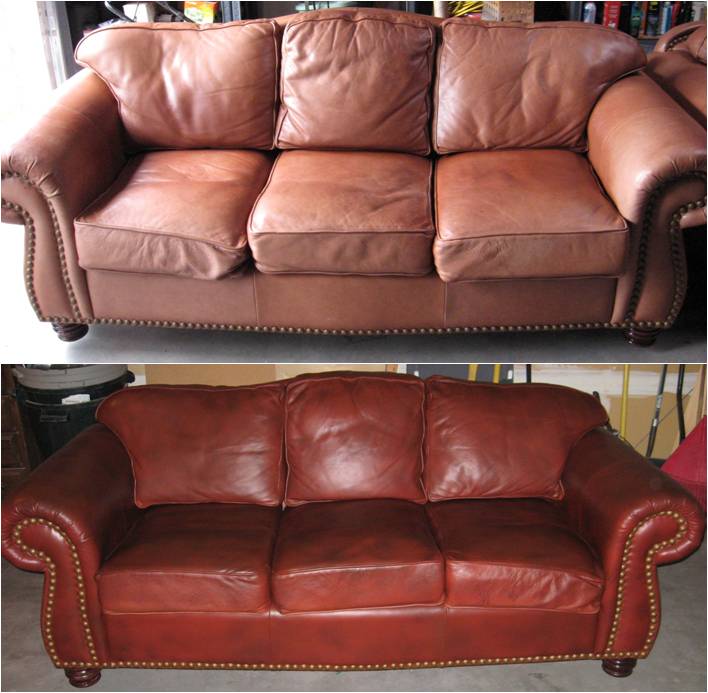 Humidity. Fluctuations in air humidity have a negative effect on the skin. Too dry air causes the loss of its elasticity, followed by brittleness and brittleness. Excessive humidity creates favorable conditions for the development of mold and fungi, leading to structural changes, swelling and folding, and affects the weakening of mechanical properties. The appropriate moisture content in antique leather is assumed 12%.
Humidity. Fluctuations in air humidity have a negative effect on the skin. Too dry air causes the loss of its elasticity, followed by brittleness and brittleness. Excessive humidity creates favorable conditions for the development of mold and fungi, leading to structural changes, swelling and folding, and affects the weakening of mechanical properties. The appropriate moisture content in antique leather is assumed 12%.
Sunlight. Directly falling sun rays, intensive lighting of the skin exposed in the display cases, as well as high ambient temperatures lead to serious damage. Light rays (sunlight or other sources) cause fading of dyed and painted leather. that leather dyed with traditional vegetable dyes is less sensitive to sunlight than leather dyed with synthetic dyes.
Aging. The natural aging processes of leather products are faster and more intensive due to improper storage conditions and other additional environmental factors, m.in. dirt and dust.
,,wet skin". Archaeological finds of the skin show, that the damage varies depending on the soil conditions. generally, the skin tolerates a dry environment well (also oxygen-poor soil), however, moist soil is particularly harmful to it.
Leather articles that are wet or have been in water for a long time after exposure to air suffer both from the formation of mold on their surface, and as a result of decomposition by microorganisms. On the other hand, leather extracted from highly saline groundwater is perfectly preserved.